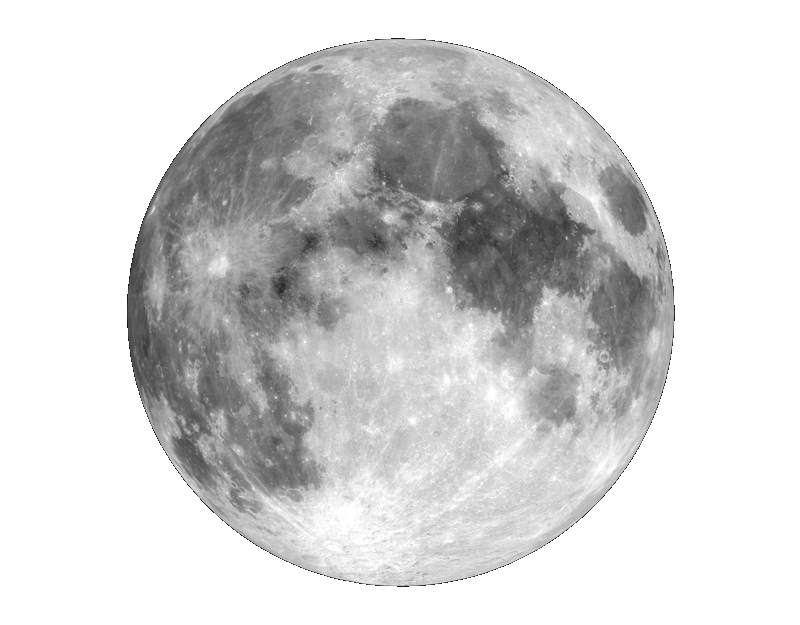Contact Us
- Address: Réservations par internet seulement
- Email: infoSPAMFILTER@spaceobs.com
- Phone: No telephone
- Cellphone: No telephone
- Website: www.spaceobs.com
Next moons
10-01-2026  | 18-01-2026  |
26-01-2026  | 01-02-2026  |
Sponsors


Please find below the answers to your most frequent questions.
We frequently have people who think we organize tours which allow to observe through one the giant telescopes of Chile or who think that the visit of these observatories include the possibility to look through one of the large telescopes.
Unfortunately, this is completely impossible...
This for several reasons :
The impossibility to observe through large telescope is the reason why public observatories exists, able to give you a global vision of the austral sky, and images of good quality through smaller telescopes, all this with pedagogical explanations in order for you to understand what astronomy is all about.
To our knowledge, there are 4 public observatories in Chile : The Mamalluca observatory, the Andacollo observatory both of them in the second region near La Serena, the Cerro Chaman Observatory in the region of Santa Cruz (south of Santiago) and our own observatory in San Pedro.
It is true that vacations dates are seldom chosen according to the moon.... But if you can, try to avoid full moon. The sky is very bright, and in fact as soon as the moon is visible, galaxies are invisible. Planets or stars are no problems, star clusters too, we continue observing gaseous nebulae because we use special filters allowing their observations. Still all these objects are better looking when the sky is very dark. the tours which are just after new moon or just after full moon are also interesting because we can both enjoy a dark sky and see the moon during a part of the tour. The rising moon over the Andes is a very beautiful thing to see. During the tours when the moon is visible, it is possible to take images of it through our telescopes and your digital camera.
There is no simple answer. Normally here, January and February can be quite cloudy. And coming specifically to Chile to see the sky would not be recommended during these months. The rest of the year is normally quite clear. Between Avril to September we have a very bright milky way high in the sky but overall each month is interesting with its own selection of beautiful objects. In October November, it is not possible to see the southern Cross from here, but the Magellanic clouds are very well placed.
ome answers :
An observatory is a place where people observe the sky. At the profesionnal level, our observatory is station "I10" of the International Astronomical Union, and several asteroids have already been discovered from here, but with telescopes which are not the ones used during the tours. These telescopes work in an automatic mode during the night, and are protected by a shelter during the day.
Mamalluca is station I04 because some amateurs have at time made some observations from there.
Since it rarely rain in San Pedro and since there is normally no wind at night and it is much better to observe in the open air than from a dome. Large telescopes are normally placed in a dome because it is impossible to move them at the end of the night, or because they are placed in a site which is lit by city lights for example. Because thermal problems, most modern domes are equipped with a refrigerated floor allowing to keep the temperature low during the day, and most of them open as much as possible because the ideal dome is no dome...
The real reason why we don't have domes at SPACE is the following one :
The sky as seen without dome at the upper photo and inside a dome at bottom, make your choice... :
|
|
|
We prefer to show you the sky. At Mamalluca, the largest telescopes are outside, not in the dome, but the majority of people prefer to observe in the dome, which is an error. Coming inside and outside of the dome breaks the rythm of the tour, here, you can move from a telescope to another in a matter of seconds. And we really prefer to spend money on good telescopes than on big domes, with a small telescope inside.
Clearly.... us !.
We have the largest and best telescopes in Chile for the touristic observation of the sky
| Mamalluca | Andacollo | Cerro Chaman | SPACE | |
| Largest Schmidt Cassegrain telescope | 12 inches | 14 inches | 14 inches | 14 inches |
| Largest dobsonian telescope | 16 inches | 16 inches | 17 inches | 24 inches |
| Eyepieces (*) | Ploosl | Ploosl | Ploosl | Nagler and Ethos |
(*) The eyepieces are the optics through which one looks through the telescope. The Ploosl eyepieces are good starter eyepieces which are normally sold with the telescopes. Their field of view is typically 50° whereas the Nagler eyepieces are high end eyepieces with a field of view of 82°. Ethos eyepieces are the latest evolution of high quality eyepieces with an apparent field of view of 100°. You see like if you were in the sky, not like when looking through a keyhole. The price of a Nagler and Ethos eyepieces is between 5 to 15 times the price of a Ploosl eyepiece, but the difference in the view is striking. Still they are like a tenth of the price of a telescope, and it is a very wise investment to take the best possible eyepieces. One could compare eyepieces to the loudspeaker in a HIFI system. You can have a wonderful amplifier, but if you listen through cheap loudspeaker, the sound will not be good. We also use nebular filters (Astronomik OIII and Lumicon UHC, there also an investment of 200 dollars each) in order to show you beautiful images of nebulae, including with the moon in the sky. Conclusion, while the other guys show you the brightest nebulae, we show them to you in a striking way, plus you see supernovae remnant, planetary nebulae, galaxy clusters in the best possible conditions.
Our telescopes are frequently aligned using a laser colimator in order to have the best possible images. We frequently clean the optics with a CO2 system, the same system used in most profesionnal observatories.
We show the sky using a green laser pointer allowing to see clearly which star we are talking about.
Our groups are limited in size to 24 persons maximum for 8 telescopes per group. So far we use a pair of 25x100 large binoculars, a 20cm newtonian telescope, 2 LX200 25cm telescopes, 1 33cm dobsonian telescope, 1 45cm azimutal telescope and 1 60cm telescope.
The tours are given either in english spanish or french.
The tours are given by an astronomer, which normally can answer all your questions.
We purchase ours from Howie Glatter in the United States because he has been able to offer us selected lasers of higher power. Normal green laser pointers can be found at roughly 80 US$ and are by law limited at 5mW. Here with the very transparent sky and at full moon higher power are necesary.
Searching on internet for "green laser pointer" you will find many companies selling these lasers, here are a few :
on Ebay, or at abeland1 or at laserpointers
There are several such software available, in the good freeware, we have :
Celestia
Carte du Ciel from Patrick Chevalley
Atlas virtuel de la lune from Christian Legrand and Patrick Chevalley
Il existe un choix assez énorme, mais deux incontournables sont :
Le Guide du Ciel de l'année, par Guillaume Cannat. Nous l'utilisons régulièrement, et il explique les différents évenements visibles au cours de l'année, possède une mine d'adresses sur l'astronomie d'amateur en France. Un must
Autre monument dans les livres d'astronomie d'amateur pratique, l'Affût des Etoiles de Pierre Bourge qui doit en être à sa quinzième édition. Chez Dunod.
The site is www.heavens-above.com
There you can decide either to register (easier if you want to access it another time) or simply select your country and city. When it identifies your city, click on it. You are then on the page where you can get different predictions. Among the interesting ones are of course the ones of the ISS. Try to look also at iridium flashes. These satellites have solar panels, which oriented correctly to the sun emit for a short time ( less than a few seconds) a bright flash. It is impressive to see. Remember that 90° is above you, so 45° is half way between the horizon and the zenith, etc..They can be very bright, and sometimes, even visible during the day.
If you have other questions, do not hesitate to ask us directly...
10-01-2026  | 18-01-2026  |
26-01-2026  | 01-02-2026  |

